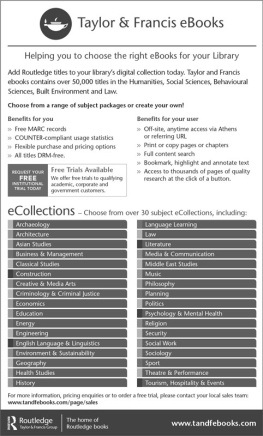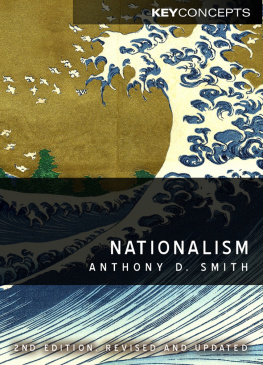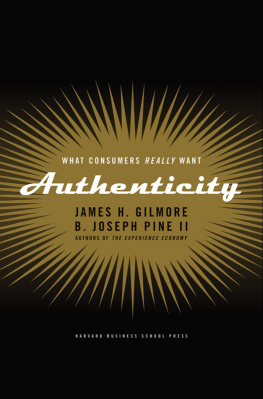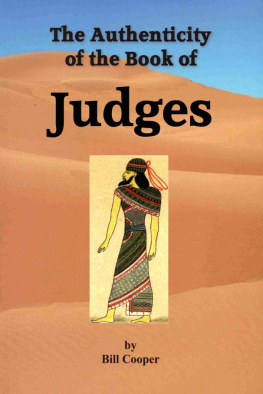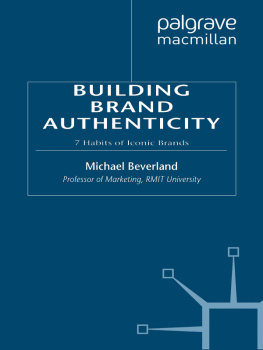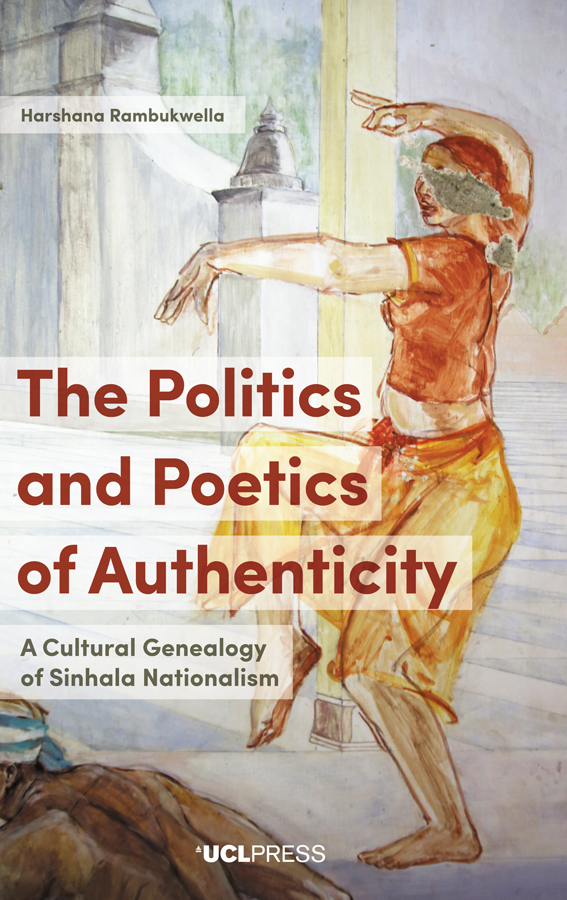First published in 2018 by
UCL Press
University College London
Gower Street
London WC1E 6BT
Available to download free: www.ucl.ac.uk/ucl-press
Text Harshana Rambukwella, 2018
Harshana Rambukwella has asserted his right under the Copyright, Designs and Patents Act 1988 to be identified as author of this work.
A CIP catalogue record for this book is available from The British Library. This book is published under a Creative Commons 4.0 International license (CC BY 4.0). This license allows you to share, copy, distribute and transmit the work; to adapt the work and to make commercial use of the work providing attribution is made to the authors (but not in any way that suggests that they endorse you or your use of the work). Attribution should include the following information:
Rambukwella, H. 2018. The Politics and Poetics of Authenticity: A Cultural Genealogy of Sinhala Nationalism. London, UCL Press. https://doi.org/10.14324/111.9781787351288
Further details about Creative Commons licenses are available at http://creativecommons.org/licenses/
ISBN: 9781787351301 (Hbk.)
ISBN: 9781787351295 (Pbk.)
ISBN: 9781787351288 (PDF)
ISBN: 9781787351318 (epub)
ISBN: 9781787351325 (mobi)
ISBN: 9781787351332 (html)
DOI: https://doi.org/10.14324/111.9781787351288
Front cover image: The image depicts a temple mural at the Kathaluwa, Ginivella Viharaya in southern Sri Lanka. Crafted by Dutch artists in 2007, the project faced criticism because of the use of low caste models and the contentious claim they violated Buddhist mural conventions. The images were also vandalised. Source: Sathsara Ilangasinghe and Dr. Saumya Liyanage
Foreword
In this important and lucid book, Harshana Rambukwella offers us what he calls a cultural genealogy of Sinhala nationalism. The term genealogy gestures towards Foucault and, before him, Nietzsche. At its broadest it suggests that attention to the flow of argument over time will destabilise our assumptions about what is given and what is deemed inevitable. Nationalisms struggle to tame the unruliness of history with the story of a stable subject the nation and its more or less inevitable emergence and triumph. The story of the nation, any nation, performs a kind of double trick with history: it details the emergence of a collectivity over time, while making that collectivity itself appear timeless, natural and unquestionable. Any critical engagement with nationalism therefore needs to question the apparently unquestionable, to de-naturalise the assumptions that might otherwise appear so self-evident.
This process is at once much easier but also much harder than it may first appear. What makes it easy is the discovery that any given nationalism is a zone of argument and internal contradiction; what makes it hard is that all those who would argue about who is in and who is out of the nation, about how to protect, save or restore the nation agree on one thing, that there is a nation that requires protecting, saving and restoring. The self-evidence of the nation as a frame of understanding and analysis is deeply embedded in academic as well as popular interpretations of history and politics. A genealogical approach to the history of this phenomenon offers one possible way out of what has come to be called the common-sense methodological nationalism that treats nations and nation states as an obvious unit of analysis. To get any critical purchase on a topic like this the analyst has to find a way to break with that common-sense perspective, while nevertheless acknowledging the very powerful, often destructive, real-world effects of the idea of the nation. Understanding how a particular perspective on history is made to seem natural and unquestionable is not the same as arguing that it is somehow trivial or epiphenomenal.
The nation is a prime example of what the philosopher Ian Hacking calls an interactive kind. Most of our classifications of the world are what Hacking terms indifferent kinds: identifying a particular tree as a member of a particular genus matters not to the tree itself. The tree carries on in its tree-like way. In contrast, identifying a person as a member of a particular collectivity, whether on grounds of language, physical appearance or occupation, not only matters to the person but may also cause the person to act differently, to argue for or against the relevance of the classification in question, to query who else may be included or excluded. It may also generate attempts to identify some particular group of people, or some particular set of practices, as being more important than others in the identification and reproduction of the classification. Interactive kinds carry their own instabilities within them; one manifestation of this is a tendency to argue about the content and boundaries of the kind itself. Such arguments are often couched in a language of authenticity. Authenticity makes some biographies exemplars of the nation, makes some practices how a particular song is sung in public, for example especially significant in claims of stability and self-evidence.
Rambukwellas book focuses on authenticity as a way to open up these arguments for the study of Sinhala nationalism in Sri Lanka. He starts from an apparently trivial example: a celebrated singer sang the right song, a song deeply identified with Sinhala nationalist values, in the wrong way at the annual Independence Day celebration in 2016. The singers mistake was to sing in the idiom in which she was trained, which is the Western classical tradition, rather than in a properly authentic Sinhala idiom. The result was a brief but fierce public scandal. The irony, from which Rambukwellas argument takes off, is that both the song itself and the appropriately authentic idiom in which it is expected to be sung have quite shallow and easily traceable histories. Authenticity, which is meant to be a sign of the givenness of nationalist practice, can be seen to be constructed under quite recent and quite specific circumstances.
From this point of departure Rambukwella takes us through the lives of three complex figures in the history of modern Sinhala nationalism. Two of them, Anagarika Dharmapala and S. W. R. D. Bandaranaike, are familiar from previous analyses of Sinhala nationalism, one the enigmatic Buddhist reformer most often identified with cultural resistance to the British in the era of high colonialism, the other the equally enigmatic elite politician who ushered in a new era of populist nationalism in the decade after independence. The third, Gunadasa Amarasekera, is probably less well known to readers outside Sri Lanka. Although he is a major figure in Sri Lankan cultural life, very few of his books are available in English, and the polemics and controversies that Rambukwella traces so illuminatingly were almost entirely conducted in Sinhala and confined within the bounds of what we might call the Sinhala reading public. This brings me to another irony that the history of Sinhala nationalism has been almost entirely written without reference to material written and published in Sinhala. This is equivalent to writing a history of the French republic based only on English-language accounts. That it has been possible at all is of course an irony of the postcolonial condition, in which English remains the dominant language of academic analysis while Sinhala and Tamil are the languages in which the important political and cultural work goes on.


